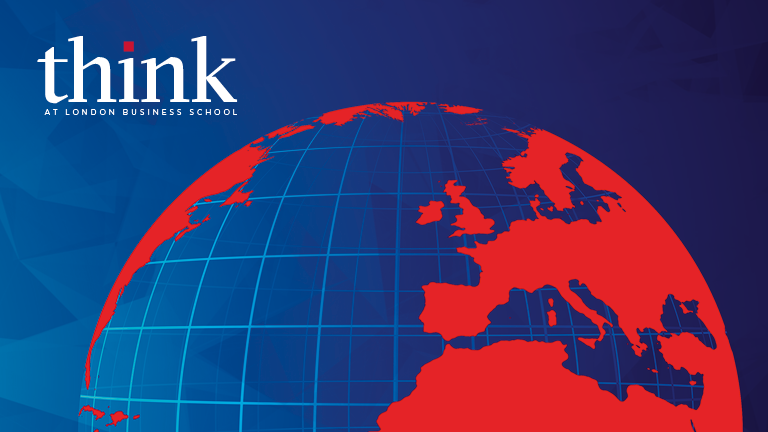
Discover fresh perspectives and research insights from LBS
Think at London Business School: fresh ideas and opinions from LBS faculty and other experts direct to your inbox
Sign upPlease enter a keyword and click the arrow to search the site
Or explore one of the areas below
Spanish retailer, Zara, has crafted a sweet success story riding on its image as a low-cost, high fashion store. Nirmalya Kumar and Sophie Linguri take to ...


Think at London Business School: fresh ideas and opinions from LBS faculty and other experts direct to your inbox
Sign up